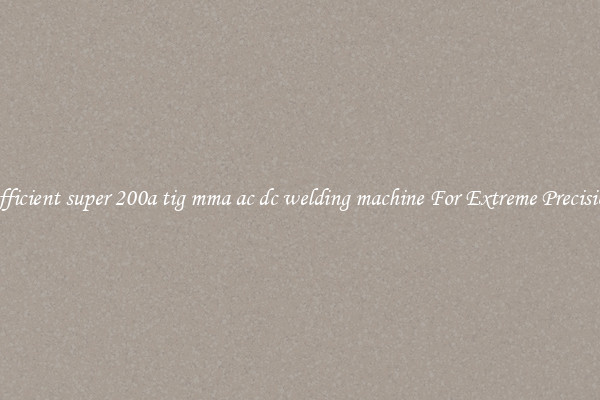Efficient dot welding requirements For Extreme Precision
Dot welding is a precision welding technique used in various industries, such as automotive, aerospace, and electronics, to join two or more metal parts together. This process involves creating small, localized welds, or “dots,” to achieve a strong and reliable bond between the parts. In order to ensure efficient dot welding, extreme precision is required.

One of the key requirements for efficient dot welding is precise control of the welding parameters, such as current, voltage, and weld time. These parameters determine the size, shape, and penetration depth of the weld, as well as the overall quality of the joint. It is essential to carefully adjust these parameters to match the specific material properties, thickness, and geometry of the parts being welded.
Another important requirement for efficient dot welding is accurate positioning and alignment of the parts. Even minor misalignment or variation in the gap between the parts can result in poor weld quality and joint strength. To achieve extreme precision in dot welding, it is essential to use advanced positioning tools, such as robotic arms or laser-guided systems, to ensure perfect alignment and consistent welding results.
Furthermore, the selection of the right welding equipment and tools is crucial for efficient dot welding. High-quality welding machines with advanced control systems and precise welding heads are essential for achieving consistent and reliable welds. Additionally, specialized welding fixtures and clamps may be required to securely hold the parts in place during welding and prevent distortion or warping of the joint.
In addition to these technical requirements, proper training and experience are essential for achieving extreme precision in dot welding. Skilled welders must have a deep understanding of welding principles, materials, and processes, as well as good hand-eye coordination and attention to detail. They must also be familiar with the specific requirements and challenges of dot welding, such as controlling heat input, minimizing distortion, and avoiding weld defects.
Overall, efficient dot welding requires a combination of advanced equipment, precise control of welding parameters, accurate positioning and alignment of parts, and skilled welding professionals. By meeting these requirements, manufacturers can achieve high-quality and reliable welds, even in applications that demand extreme precision. Investing in the right tools, training, and expertise is essential for ensuring the success of dot welding projects and meeting the strict quality standards of modern industrial applications.

View details

View details

View details

View details








